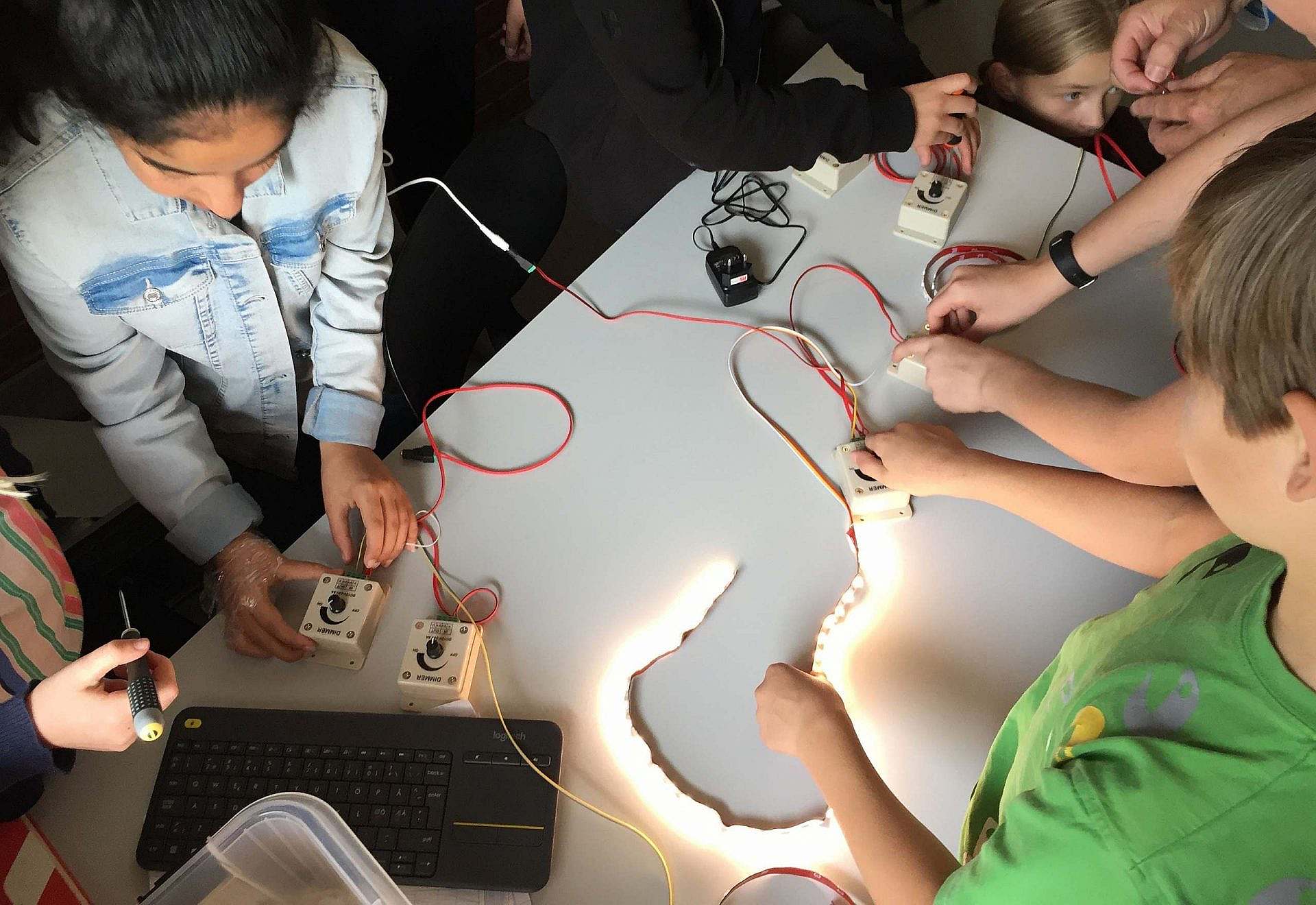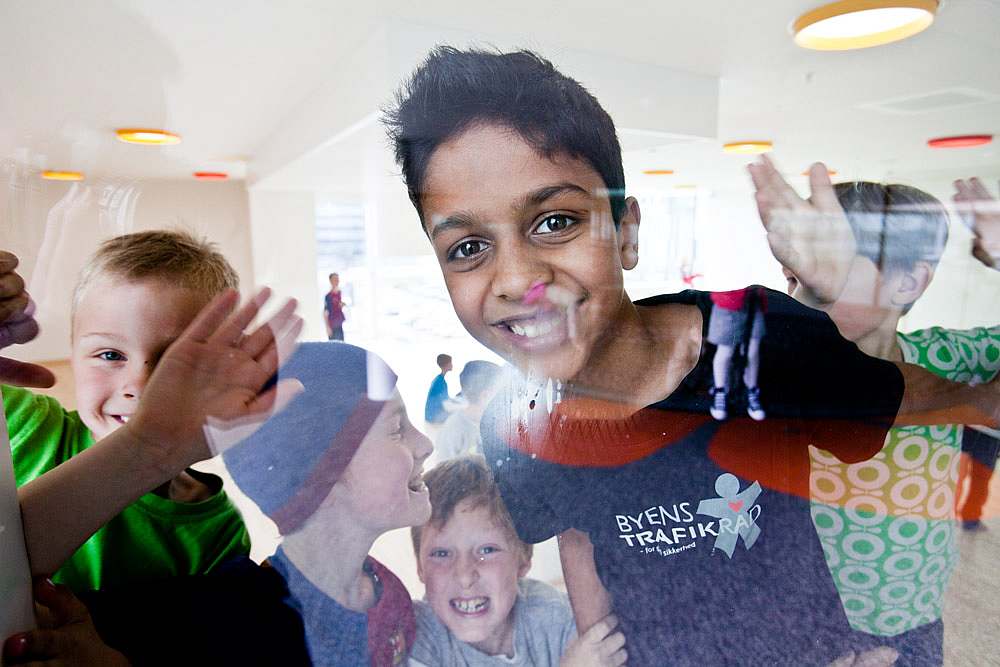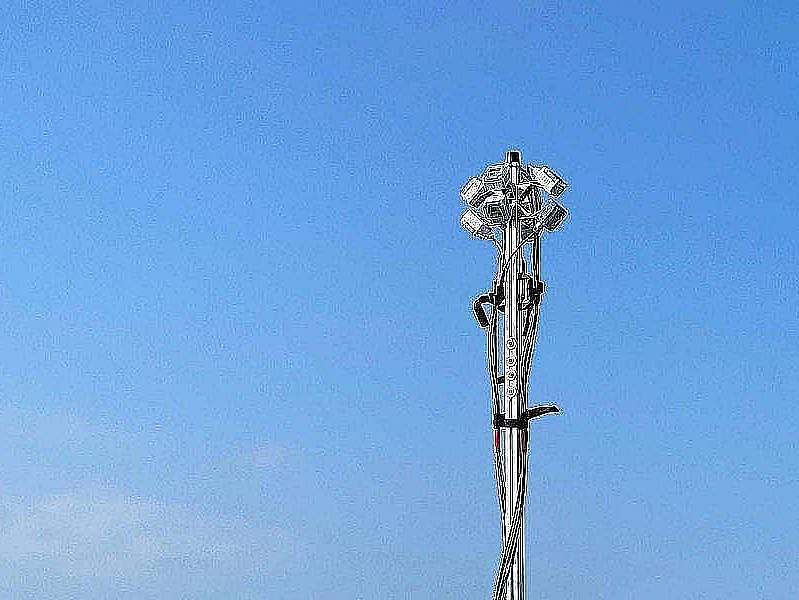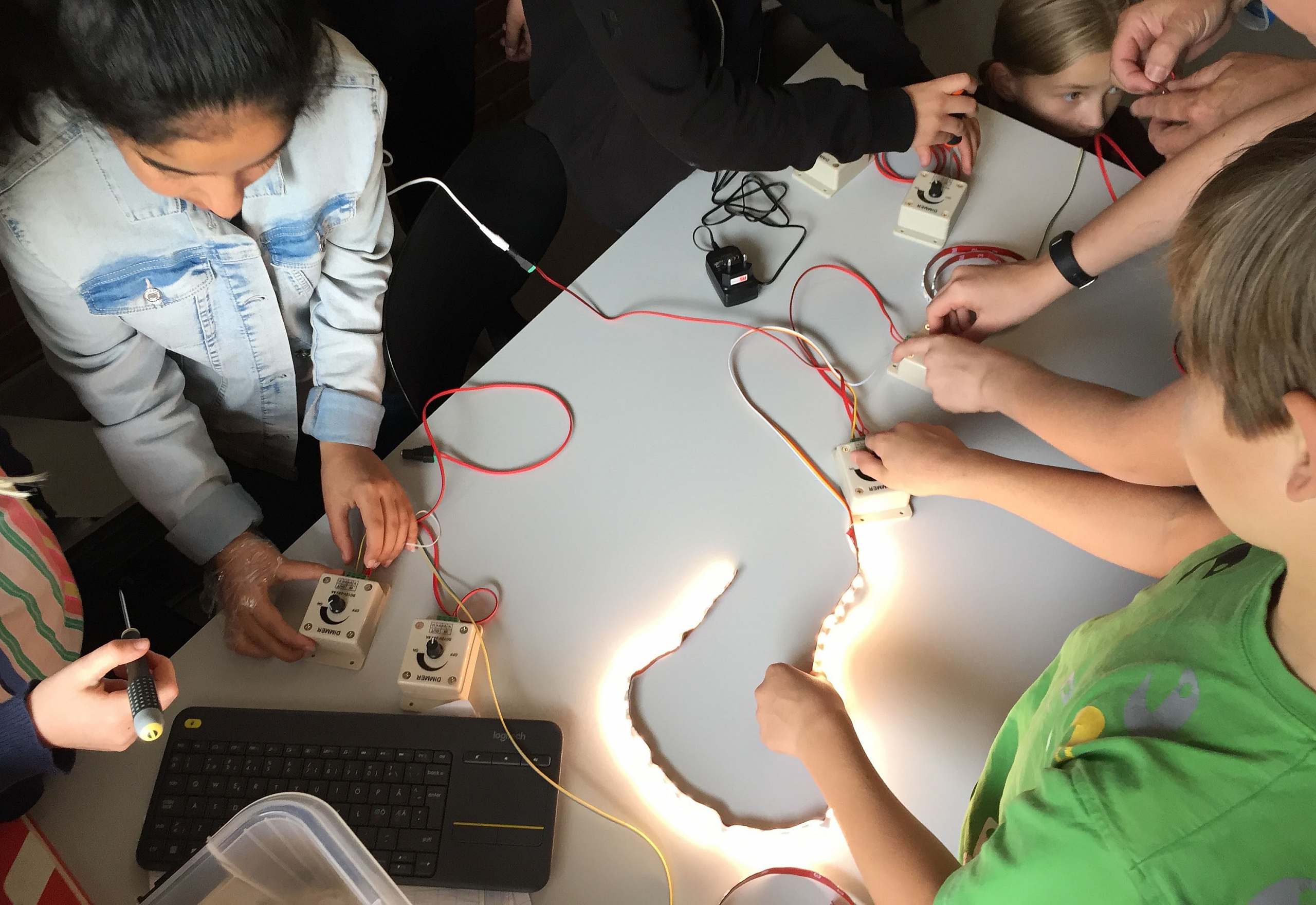Energy optimisation with adaptive lighting in primary schools
The project aims to improve the concrete potentials for intelligent energy optimisation with adaptive lighting design in primary schools.


Customised lighting environments save energy
Primary school is the setting for children's everyday lives for most of the active day. It is also a workplace, a learning environment and a social community with many and varied activities. Each activity has its requirements for the lighting environment and each person has his or her needs for the quality of the environment. For most of the day, daylight is an important source of light and essential for well-being and health.
The main assumption is that energy consumption for artificial lighting can be significantly reduced by increased adaptation to the needs of specific users and varied use of premises and common areas. In other words, energy can be saved by designing adaptive lighting that, with the most suitable light sources and control modes, produces the right light in the right place at the right time through dynamically adapted lighting.

Adaptive lighting based on the latest technology and knowledge
The project seeks to improve the concrete potentials for intelligent energy optimisation with adaptive lighting design in primary schools. The specific adaptive lighting designs are achieved by using the latest technologies and knowledge to achieve the best lighting environments adapted to each situation, thereby creating the best possible lighting environment for learning and well-being in the daily practice of primary schools.
Adaptive lighting is installed in selected rooms through a co-creation process involving teachers and students. A selection of rooms are re-designed with state-of-the-art adjustable light sources, dense sensor networks, and adaptive control systems. The installations are then tested across seasons and usage scenarios, with detailed validations of energy consumption, building economics, and the quality of the lighting environments experienced from the user perspective.

Co-creation ensures solutions that work in practice
The development of solutions is created through co-design processes, where all relevant parties are involved. The development of the relevant solutions relies on instructed testing and end-user engagement, where needs are specified through testing and repeated trials.
The research is a close collaboration between designers, architects, building operators, manufacturers and, not least: end users, by involving teachers and students and their daily lives with learning activities.
The project is supported by Elforsk, where you can read more about the partners and conclusions on their website.